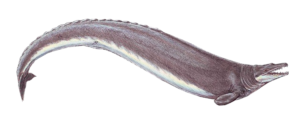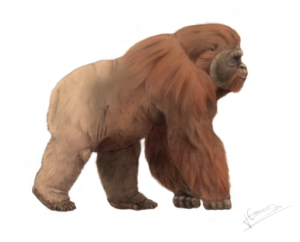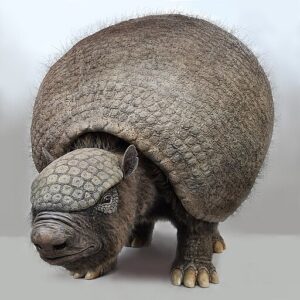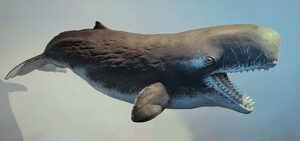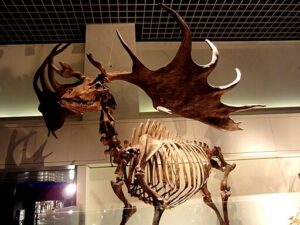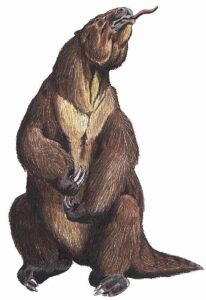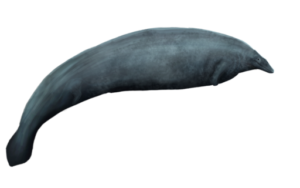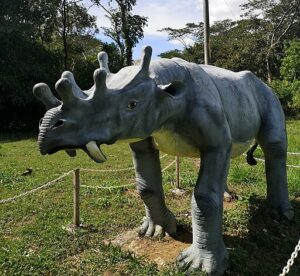Basilosaurus
- When: Eocene
(41–34 mya) - Where: North America, Africa
- What: Cetacean Mammal
- Weight: 15–20 metric tons
- Length: 15–20 meters
- Diet: Carnivorous
- Discovered: 1834
The Ancient Ancestors of Mammals
Meet the synapsids, the remarkable ancient creatures that paved the way for modern mammals!
Synapsids lived millions of years ago, even before the time of the dinosaurs, starting around 320 million years ago during the late Carboniferous period and continuing into the Permian period.
Unlike reptiles, synapsids had a unique skull structure with a single opening behind each eye, which helped their jaws and muscles develop differently.
Famous synapsids like Dimetrodon had sail-like backs, while others looked more like today’s small mammals.
They were among the first to develop features like differentiated teeth and possibly even warm-bloodedness.
Imagine these amazing creatures scurrying around ancient landscapes, hunting for food and adapting to various environments.
Synapsids are our ancient relatives, showing us how the early steps in evolution led to the diversity of life we see today, including us!
